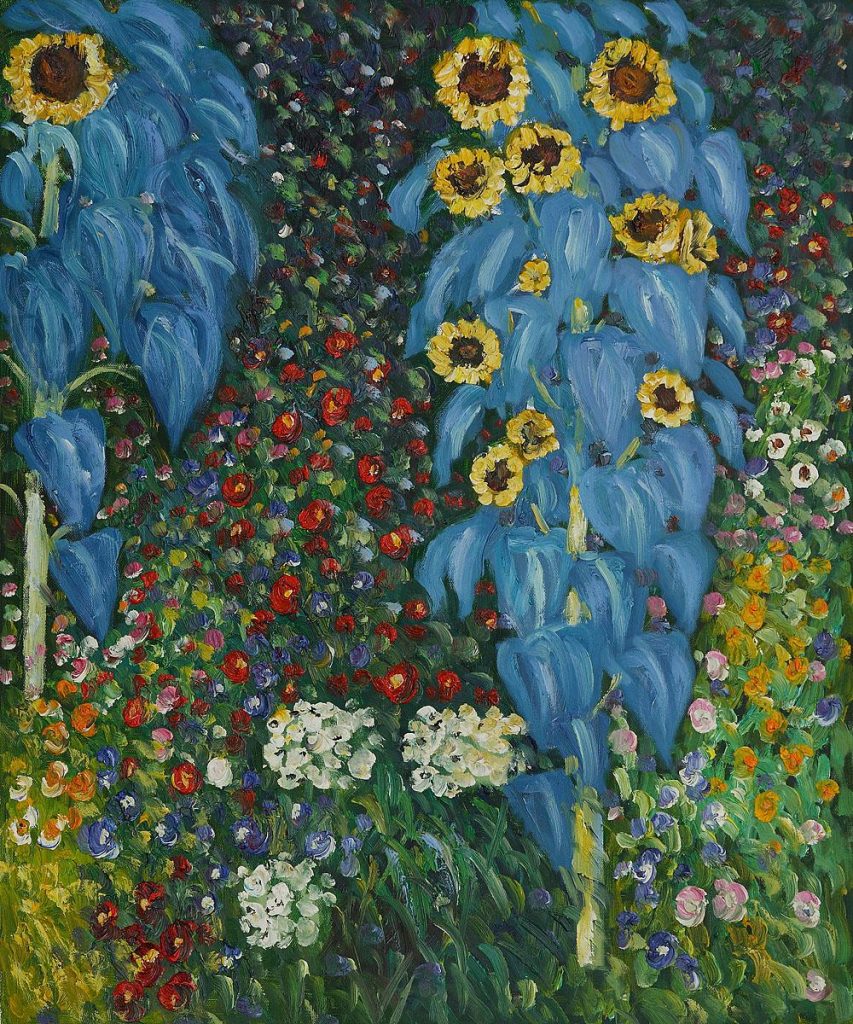
[Professor Barbar Galbiati teaches Graphics at liceo Artistico U. Boccioni in Milan]
The course of studies at the Liceo Artistico U. Boccioni in Milan includes a common two-year course and differentiation into different areas of study in the following three years.
The students in class 3B, involved in this project, are in their first year of the graphics course. They were commissioned, as part of a course on Competenze Trasversali e per l’Orientamento (former Alternanza Scuola Lavoro), to create colouring illustrations that could become a book for people living a particularly difficult time in their lives due to having had an ostomy.
The students therefore tackled this first experience of commissioning outside the school, putting their creativity into play, guided by a work request with precise and particular requirements.
On the teachers’ side, the main difficulty was to reconcile the complexity of the request with a didactic activity suited to the students’ skills at the beginning of their professional career, which had a specific educational value for the course of study, but also a real professional value.
The project was divided into three different learning phases. In the first phase, each student designed and developed an original illustration suited to the required purpose, according to their own personality and sensitivity. This core of work constitutes the richness and variety of the book. At the same time, the students had to acquire the design process: from the compilation of the brief, to visual and stylistic research, and then to proceed with the first sketches to the progressive elaboration and definition of the image, up to digital realisation. Each of them tried to identify with the state of suffering of the people for whom the book is intended, to imagine figures, places and themes that correspond to what gives them wellbeing, strength or positivity. An animal, a landscape or elements of nature, realised with the harmony of shapes and the fluidity of lines, succeeding in representing their own personality through the expressive character of the compositional elements. Each of them also wrote a short text describing the concept they had worked on visually.
Then in the second phase, with the elaboration of decorative elements, they wanted to create a sort of stylistic continuity, so that the book would take on a choral and coordinated aspect. This was an opportunity to experiment with some traditional printing techniques, such as etching and printing from engraved linoleum matrices, which allowed each student to create a decorative element. Experimenting with modular repetition, they then created original compositional games, learning design, technical and execution skills, both manual and digital.
A final type of image that we defined as “open” involved the design of pages in which only a few elements appear in order to stimulate the active participation of the person who will colour the book, inviting them to intervene by completing the image just suggested.
A final phase, which particularly involved the students, was the collective phase of writing the book, coordinating the individual illustrations with the texts and decorative elements and creating the cover.
The idea of being able to make a concrete contribution to a rehabilitation process with their work and understanding what it means to live through the experience of illness were strongly intertwined with the aims of the work required, playing an important role in this project. The emotional involvement produced a strong motivation in the young people who took this opportunity seriously and participated in it.
